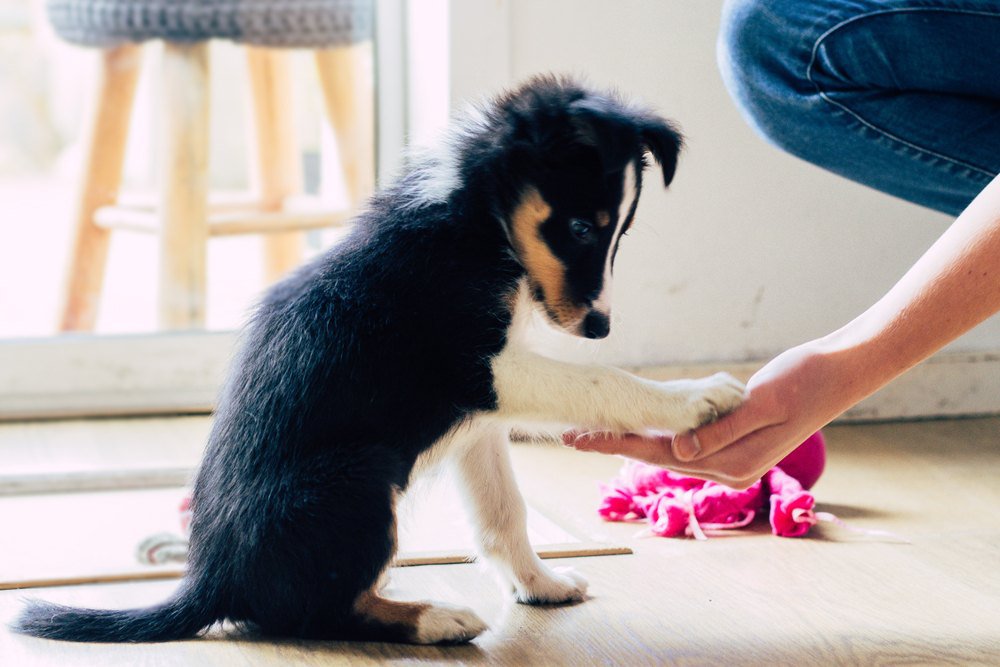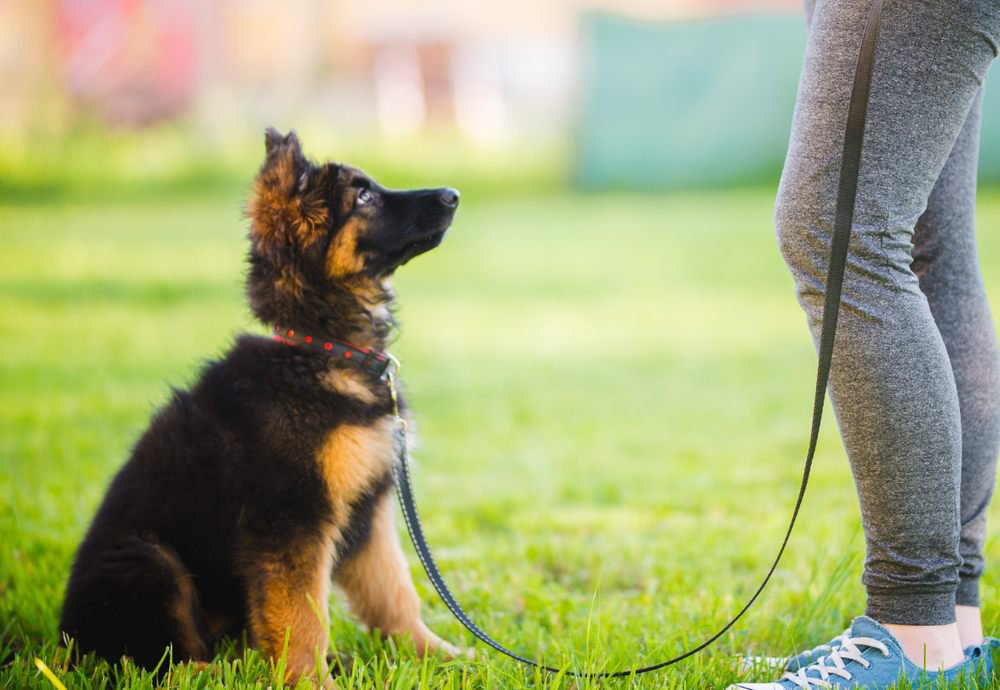5 Tips For Encouraging Positive Behavior In Puppies
5 Tips For Encouraging Positive Behavior In Puppies
When you bring a new puppy home, there are lots of firsts ahead for both of you. Your first walk together, your first game of fetch, the first time they try to chew on the furniture…the list goes on and on! Here are five tips for starting your puppy on the right paw and encouraging positive behavior from the start.
Positive Reinforcement

Let’s start with the most important tip: positive reinforcement. So, what is positive reinforcement? When your puppy is exhibiting a behavior or action you’re looking for – immediately reward them. Rewards can be in the form of treats, toys, or affection. Treats are a great way to start as many puppies are food motivated and quickly learn that if they do a particular action or behavior, good things happen (like more treats are heading their way!). Eventually, the treats get fewer and fewer as your puppy masters the task. You can also redirect your dog from an unwanted behavior to a more positive one. For example, if your puppy is chewing on a table leg, give them a chew toy instead.
If your dog is engaging in negative behavior (and it’s not dangerous or harmful), ignoring it can show them that they won’t get rewarded for doing this activity. Yelling at your dog for not completing a task or behavior can also confuse – and scare – them, two things to avoid.
Be Patient
Patience is key to successfully teaching your puppy desired behaviors and cues.

Timing

When training your new furry friend, reward timing is imperative. After your puppy has completed the action you’re asking them to do, reward them within seconds. This makes it easier for them to understand the connection between the activity you’re asking them to do, and doing it.
Use One-Word Commands
When training your puppy, using consistent one-word commands in a calm voice can go a long way in teaching them exactly what you’re asking them to do. If there are multiple people in the household, be sure everyone is using the same cues when training so it doesn’t confuse your puppy. Start with the basics like sit, stay, down, and use positive reinforcement.
Try not to repeat the command when training your pet. By repeating the cue, you’re inadvertently teaching your puppy that they don’t need to do the action the first time. When your puppy has completed the action, reward them immediately. It’s all about timing, remember?

Make Training Fun (And Short!)
Not many of us enjoy long, boring, or harsh lessons, and the same goes for puppies! Engage them with fun games, treats, and rewards to keep your pup looking forward to lesson time. Keeping lessons short, about 5-10 minutes per session, is suggested. When your training session is done, be sure to end it on a positive note. If your dog is bored, tired, or hungry, leave training for another time.
